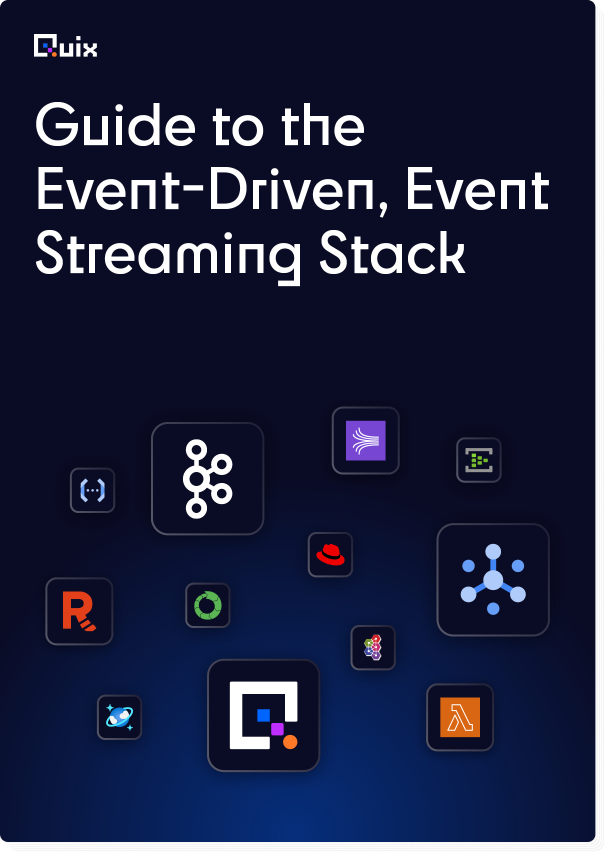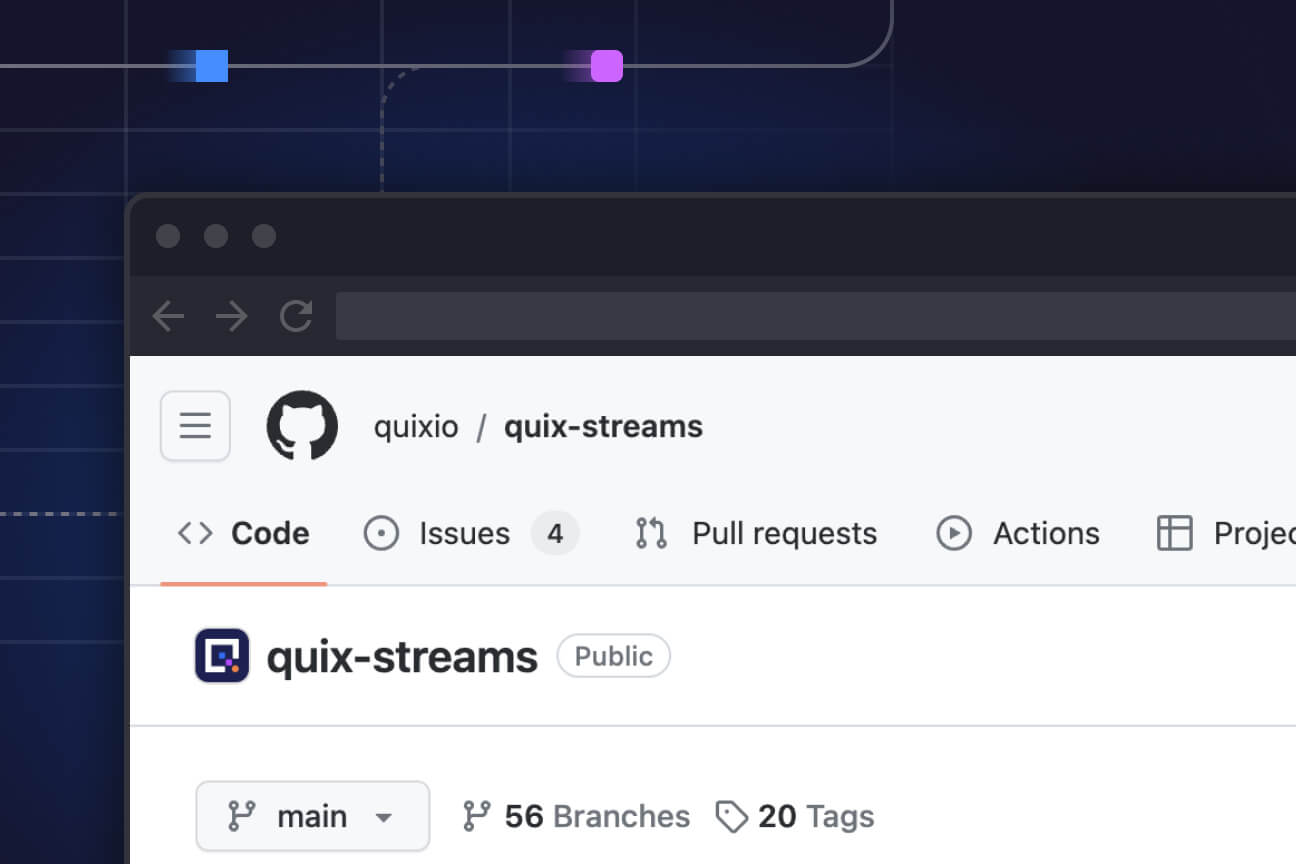The Stream — July 2022 edition
The July 2022 edition of The Stream: covering this month in stream processing on the internet.

At Quix, we’re thrilled to see the community around stream processing expanding so quickly. We genuinely believe that real-time data applications contribute to the development of new technologies that improve lives. But stream processing isn’t possible without the people building it and talking about it.
Quix is also growing. We’re bringing in more people to help us build a cutting-edge tool that allows clients to process telemetry data and deploy smart medical technology, to give only two examples.
Quix as a platform and a company has benefited immensely from the incredible work that comes when ambitious and kind people trust each other and have access to advanced technologies. You can’t be at the cutting edge without the right tools, a willingness to fail and a team that has your back.
If you’re excited to learn about, build or discuss stream processing, come work with us.
That enthusiasm is the most critical point. Live wherever you’d like and bring your whole self to work. We’re remote-first, with team members already living in the Czech Republic, Germany, Singapore, Spain, the United Kingdom, and the United States. We’re committed to valuing people as they are and celebrating what makes them who they are. We’re ready and eager to work with smart, empathetic people excited about stream processing, whoever and wherever they are.

Dynamic World: A near realtime land cover dataset for our constantly changing planet
Working on a real-time environment project and can’t find the right data source? You’ll probably find it at Dynamic World, an almost real-time 10m resolution global land use cover dataset, produced using deep learning. It’s free to use and openly licensed

Introducing the Data Streaming Awards
The new award from Confluent acknowledges organizations that harness the power of data streaming to transform their businesses and provide increased value to their customers and communities.

“Scaling WebSockets for virtual events”
A technical dive into using WebSockets to stream an incredible amount of data from thousands of devices to and from the cloud.

“The Ubiquity Of Time-Series Data Isn’t Coming — It’s Already Here”
Brian Mullen predicts that companies need to begin using their ubiquitous but ignored time-series data to maintain a competitive edge. We certainly agree.
More insights
What’s a Rich Text element?
The rich text element allows you to create and format headings, paragraphs, blockquotes, images, and video all in one place instead of having to add and format them individually. Just double-click and easily create content.
Static and dynamic content editing
A rich text element can be used with static or dynamic content. For static content, just drop it into any page and begin editing. For dynamic content, add a rich text field to any collection and then connect a rich text element to that field in the settings panel. Voila!
How to customize formatting for each rich text
Headings, paragraphs, blockquotes, figures, images, and figure captions can all be styled after a class is added to the rich text element using the "When inside of" nested selector system.

Check out the repo
Our Python client library is open source, and brings DataFrames and the Python ecosystem to stream processing.

Interested in Quix Cloud?
Take a look around and explore the features of our platform.

Interested in Quix Cloud?
Take a look around and explore the features of our platform.






